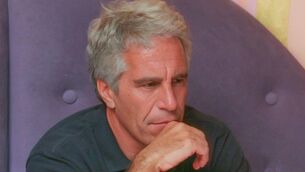Star Wars creator George Lucas in court battle over film replicas
Prop designer Andrew Ainsworth, who helped manufacture the helmets and suits for the first film in 1977, now sells replicas from his studio in London.
George Lucas, the creator of the sci-fi series, tried to stop him last year in a multimillion-pound battle at the High Court.














